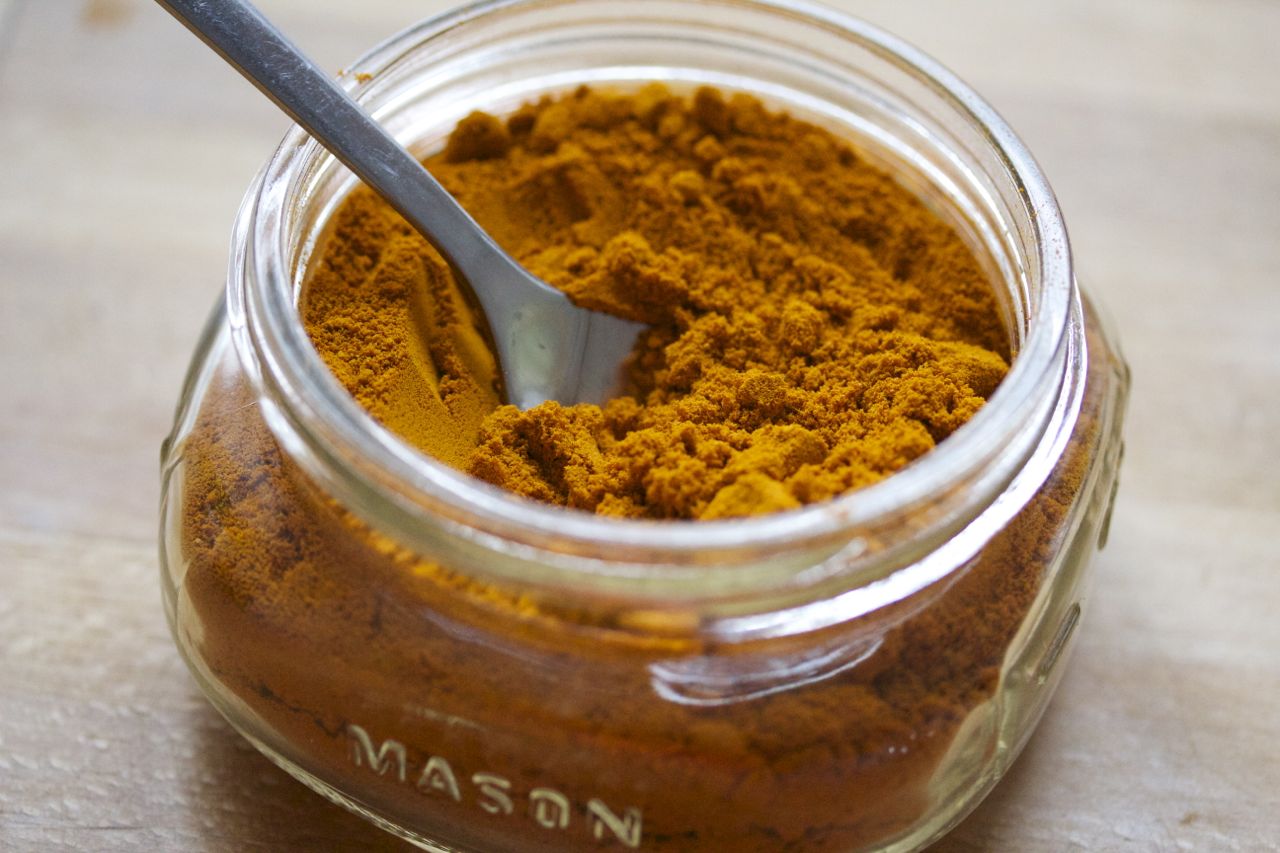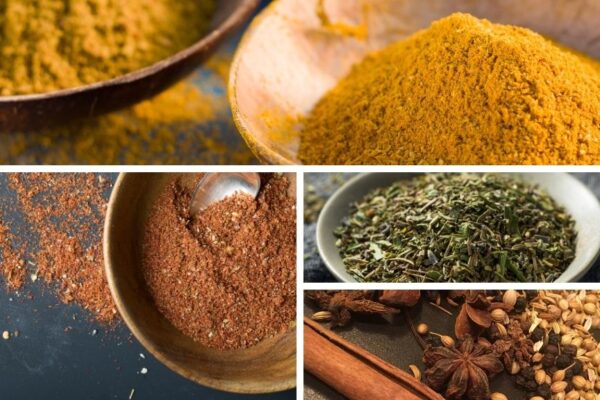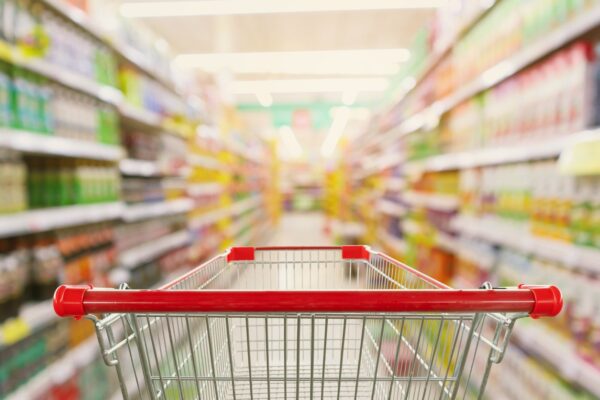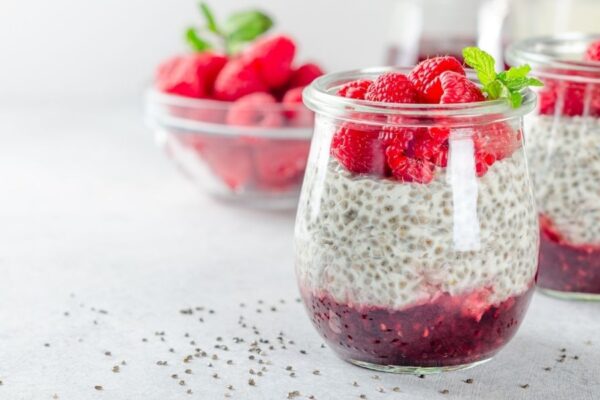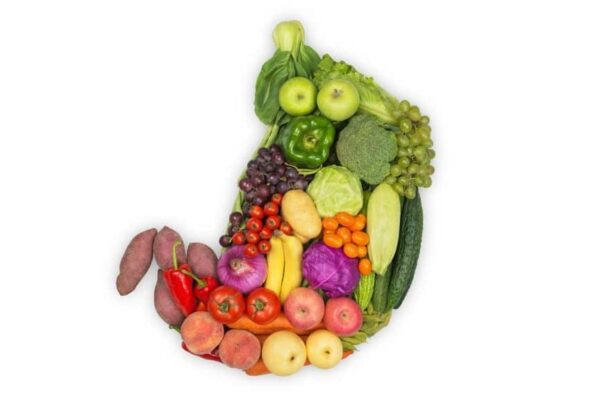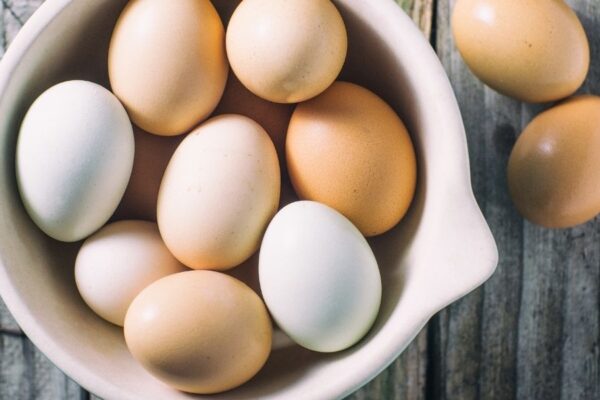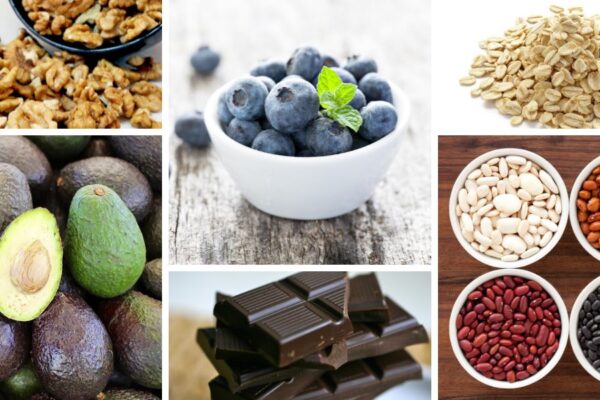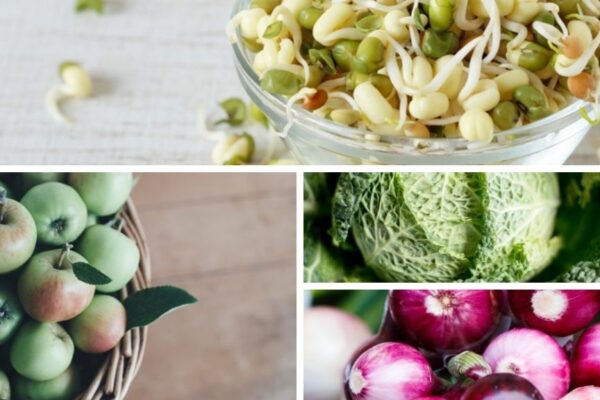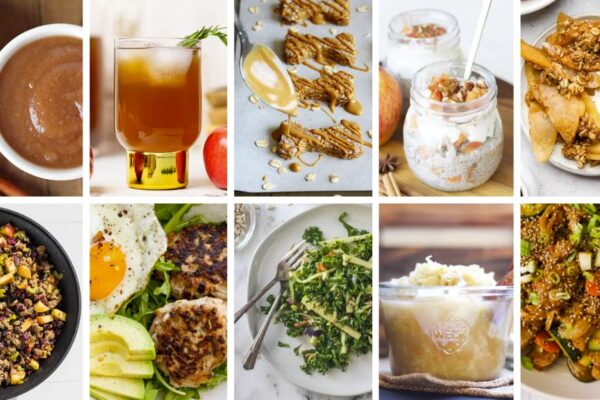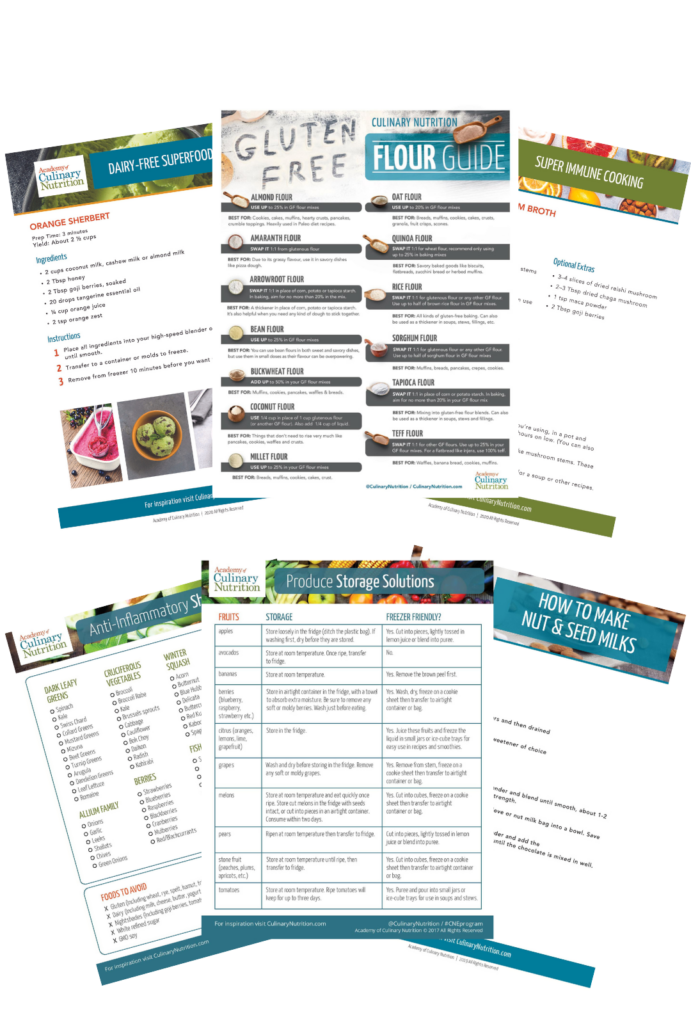Culinary Nutrition Guide to Chili Peppers: Health Benefits and Best Uses
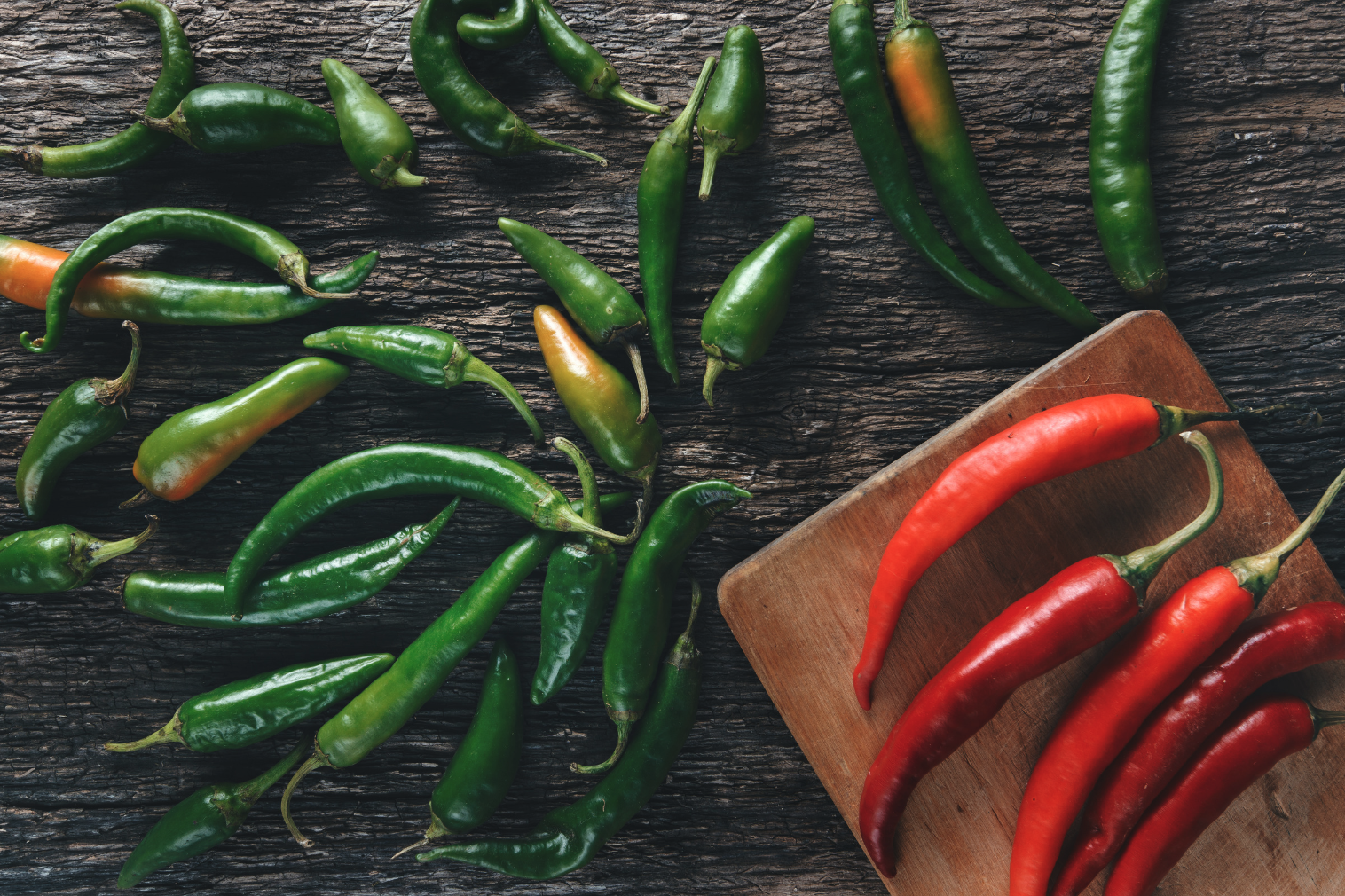
They say variety is the spice of life – but actual spicy foods can add a kick to your day and offer a bunch of culinary nutrition benefits to boot. Chili peppers may seem daunting, especially to those with a low tolerance for spiciness. Yet there are many delicious (and mild) ways to enjoy chili peppers in your cooking, and in this guide we lay out great chili pepper options, how to eat chili peppers safely, and recipe inspiration for some of our favourite varieties.
Culinary Nutrition Guide to Chili Peppers
Culinary Nutrition Benefits of Chili Peppers

Chili peppers are an invigorating food for the palate and your health! One of the primary beneficial compounds in chili peppers is called capsaicin, which lends peppers their spicy flavour and is also responsible for their health effects. Some of the culinary nutrition benefits of chili peppers include:
- Anti-Inflammatory: Capsaicin inhibits the processes that lead to inflammation in the body.
- Pain Reduction: When used in the right amount capsaicin can help to reduce pain topically in a variety of conditions including osteoarthritis, headaches, back pain and neuropathic pain.
- Weight Loss/Metabolic: Chili peppers help to induce heat in the body (thermogenesis) and encourage fat metabolism and weight loss. They also positively impact metabolic syndrome, a collection of symptoms including obesity, high blood pressure, high cholesterol, and high blood sugar, that may increase the risk of cardiovascular disease and diabetes.
- Anti-Cancer: Capsaicin displays anti-tumor activities, preventing cancer cells from spreading and inciting cancer cell death.
- Wounds: Cut yourself while meal prepping? Put a pinch of cayenne on the wound, which can help to staunch the bleeding.
- Cardiovascular: Capsaicin dilates our blood vessels, leading to increased blood flow, and it helps lower blood pressure and cholesterol. It also inhibits platelet aggregation, which may lead to blood clots.
- Blood Sugar/Diabetes: Capsaicin helps to improve insulin sensitivity and lowers blood glucose levels, which can affect the development of Type 2 diabetes.
- Congestion: Chili peppers help to clear congestion and encourages coughing, which helps us expel mucus and clear nasal and throat pathways.
- Reduced all-cause mortality: A large study that followed people for six years found that hot red chili pepper consumption was associated with a reduced risk of all-cause mortality.
What About the Nightshade Factor?
Peppers are part of the nightshade family, which can influence inflammatory pathways in certain conditions for some people. Nightshades can be a tricky food category to navigate, since they also have a multitude of beneficial properties. As you can see in the section above, chili peppers are good for us in many ways. If you’re dealing with inflammation, try cutting chili peppers out for a month and see if it makes a difference. You can also rotate peppers in your diet, choosing to have them on a bi-weekly or monthly basis, or another rotation of your preference.
How to Increase Tolerance to Chili Peppers
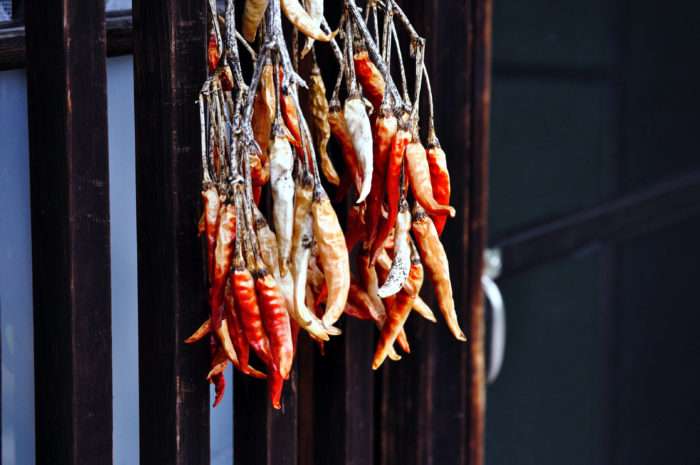
Spicy food isn’t for everyone, but if you’re not used to it there are ways to increase your tolerance.
- Use small amounts – start off with adding just a pinch to your recipes.
- Try the milder peppers first (see more about that below).
- Repeat exposure on a regular basis.
- Have a spicy condiment on the side, like kimchi or hot sauce, that people can add to their meal to taste (this is a great tip for families who like to cook and eat together).
- Remove the seeds from chili peppers, which are the spiciest part.
- Pair chili peppers with gluten-free bread, rice or other gluten-free grains, which can help to disperse the capsaicin and depress the spicy taste.
If you’ve added too much spice to your dish, you can tone it down by adding:
- More liquid, like water, nut milk or broth
- An acidic ingredient like lemon juice/citrus or apple cider vinegar
- A starchy vegetable, such as pumpkin or winter squash; or root vegetables, such as carrots, sweet potatoes, parsnips, etc.
- A natural sweetener
- A healthy cooking oil
- A nutritious source of fat, such as nut or seed butter, avocado, coconut (milk, butter, oil), ghee, or chocolate (the last one works well in chili)
Chili Pepper Safety
When cooking with chili peppers, especially the very hot ones, it’s important to prep them safely so you avoid burning your hands, eyes or other mucous membranes. One experience with burning hands is enough – you’ll never make the same mistake again!
Your first line of defence is using food safety gloves when cutting and handling peppers. This will protect you from the compounds that may potentially burn your skin. If you handle peppers with your bare hands, be sure to wash them extremely well after chopping – don’t touch your eyes, nose or mouth or they will feel the burn too.
If you happen to burn your hands, some of the following topical remedies may work:
- Baking soda and water
- Olive oil
- Milk or yogurt
- Dish soap
- Raw honey
Get your FREE Hot Pepper Guide plus 35 more free resource guides!
Fill out the form below for instant access.
Free Resource Library
Enjoy more than 40 downloadable guides, recipes, and resources.
Varieties of Chili Peppers + how to use them
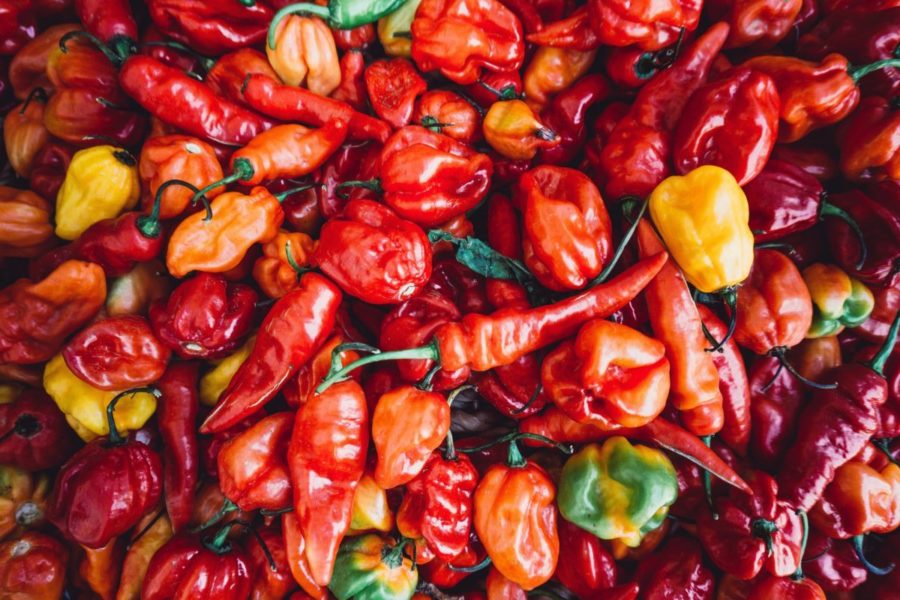
There are dozens of varieties of chili peppers and we’re highlighting some of the common ones found in many grocery stores. Depending on where you live, there may be additional or different types. We’ve categorized them by mild, medium and hot – though each person’s spice tolerance will be different. Before trying a new pepper, be sure to check out its Scoville score, which measures its spiciness and will give you an idea of how mild or hot it may taste.
Very, Very Mild
Bell Pepper
Scoville Heat Units (SHU): 0
Best Uses: Soups, stews, pizza topping, omelettes, stuffed with fillings such as rice (or cauliflower rice), beans, or meat, eaten raw with dips like hummus or guacamole, pasta, lasagna
Recipe to Try: Egg Emojis by Alica Diehl (*Culinary Nutrition Expert)
Mild Chili Peppers
Shishito Pepper
Scoville Heat Units (SHU): 50-200
Best Uses: Grilled on their own, stir-fries, gluten-free noodle bowls, salsas, alongside braised or slow-cooked meat or vegetables
Recipe to Try: Blistered Shishito Peppers by Food Banjo
Pimiento (or Pimento)
Scoville Heat Units (SHU): 100-500
Best Uses: Blended into dips, spreads and sauces, dairy-free cheese recipes, sandwich, salad or pizza topping, stuffed into olives, fish seasoning, chopped into cooked beans and legumes
Recipe to Try: Paleo Pimiento Cashew Cheese Dip by Nyssa’s Kitchen
Banana
Scoville Heat Units (SHU): 0-500
Best Uses: Pickled, salad, sandwich or pizza topping, stuffed with fillings, salsas, hot sauces
Recipe to Try: Banana Pepper and Tomato Baked Chicken by Strength and Sunshine
Poblano
Scoville Heat Units (SHU): 1000 – 2000
Best Uses: Stuffed with fillings, salsas, tacos, burritos, meat stews, chilis, dairy-free cheese recipes
Recipe to Try: Roasted Stuff Poblanos with Smoky Quinoa, Sweet Potatoes and Black Beans by Vanilla and Bean
Medium Chili Peppers
Jalapeño
Scoville Heat Units (SHU): 2,500 – 8,000
Best Uses: Salsas, chilis, dips, stuffed or baked, pickled, soups, sauces, salad dressings, chili paste, pepper jelly
Recipe to Try: Guacamole with Green Apple and Jalapeño by Sweet Lizzy (*Culinary Nutrition Expert)
Chipotle
Scoville Heat Units (SHU): 2,500 – 8,000
Best Uses: These are jalapeños that have been ripened, smoked and dried – adds a wonderful smoky flavour to chilis, salsas, dips and spreads, burgers, BBQ sauce, baked beans and legumes, refried beans
Recipe to Try: Veggie Burrito Bowls by Sheena Scott (*Culinary Nutrition Expert)
Serrano
Scoville Heat Units (SHU): 10,000 – 23,000
Best Uses: Salsas, hot sauces, sandwich or pizza topping, dips, marinades
Recipe to Try: Spicy Lemon Parsley Dipping Sauce by Recipe Fiction
Cayenne
Scoville Heat Units (SHU): 30,000-50,000
Best Uses: Chilis, burritos, tacos, salsas, curries (Indian or Thai), soups, dips, sauces, marinades, hot chocolate
Recipe to Try: Fire Cider by Academy of Culinary Nutrition
Hot Chili Peppers
Thai Chili
Scoville Heat Units (SHU): 50,000 – 100,000
Best Uses: Curry pastes, sauces, marinades, hot sauces
Recipe to Try: Fermented Sriracha by Keto Diet App
Scotch Bonnet
Scoville Heat Units (SHU): 100,000 – 350,000
Best Uses: Hot sauces, marinades, Caribbean cooking
Recipe to Try: Scotch Bonnet Hot Sauce by dpm does
Habanero
Scoville Heat Units (SHU): 100,000 – 350,000
Best Uses: Hot sauce, marinades, Caribbean cooking
Recipe to Try: Tropical Jamaican Pepper Sauce by Kevin is Cooking
Hot chili peppers can add heat and health benefits to your everyday cooking and you don’t need to consume a lot of them, either. Experiment with pepper varieties that you enjoy and branch out to explore more varieties in intriguing and delicious ways.
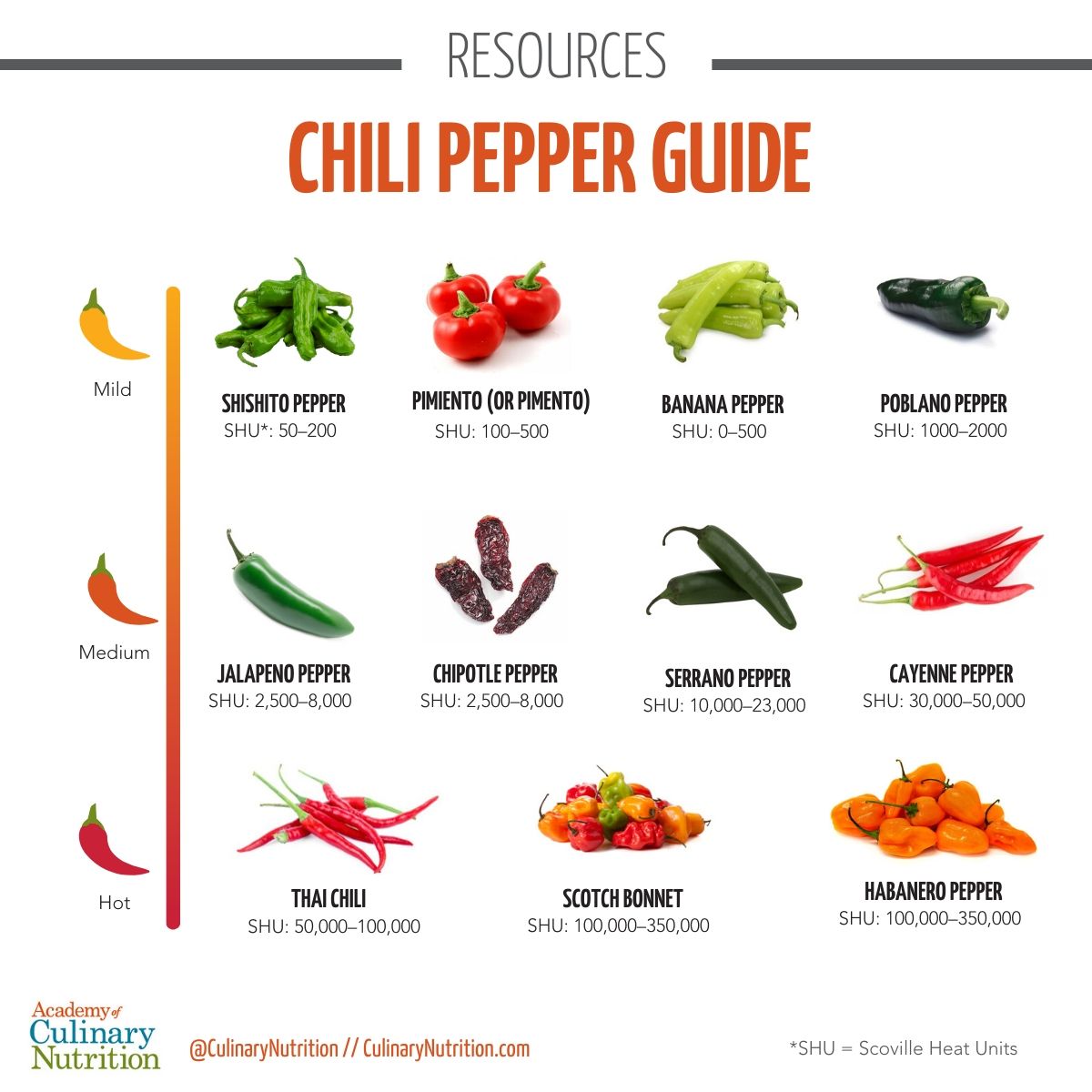
Free Resource Library
Enjoy more than 40 downloadable guides, recipes, and resources.



























